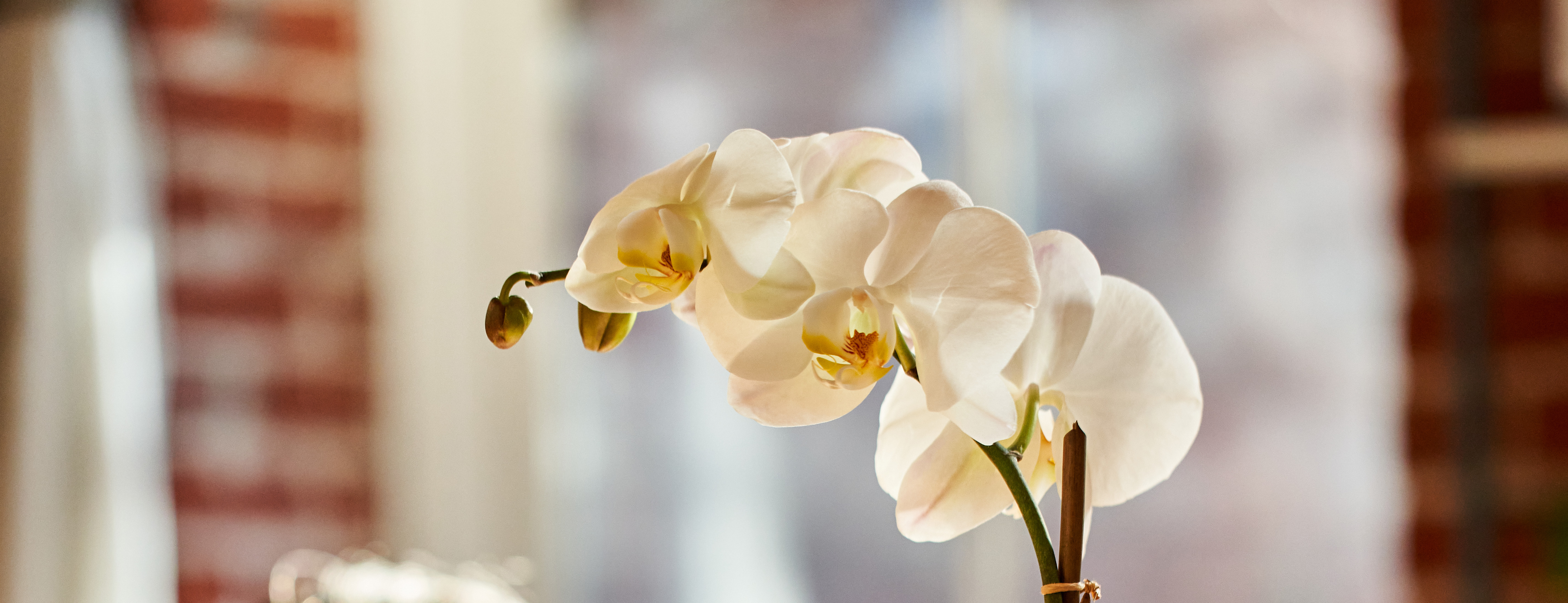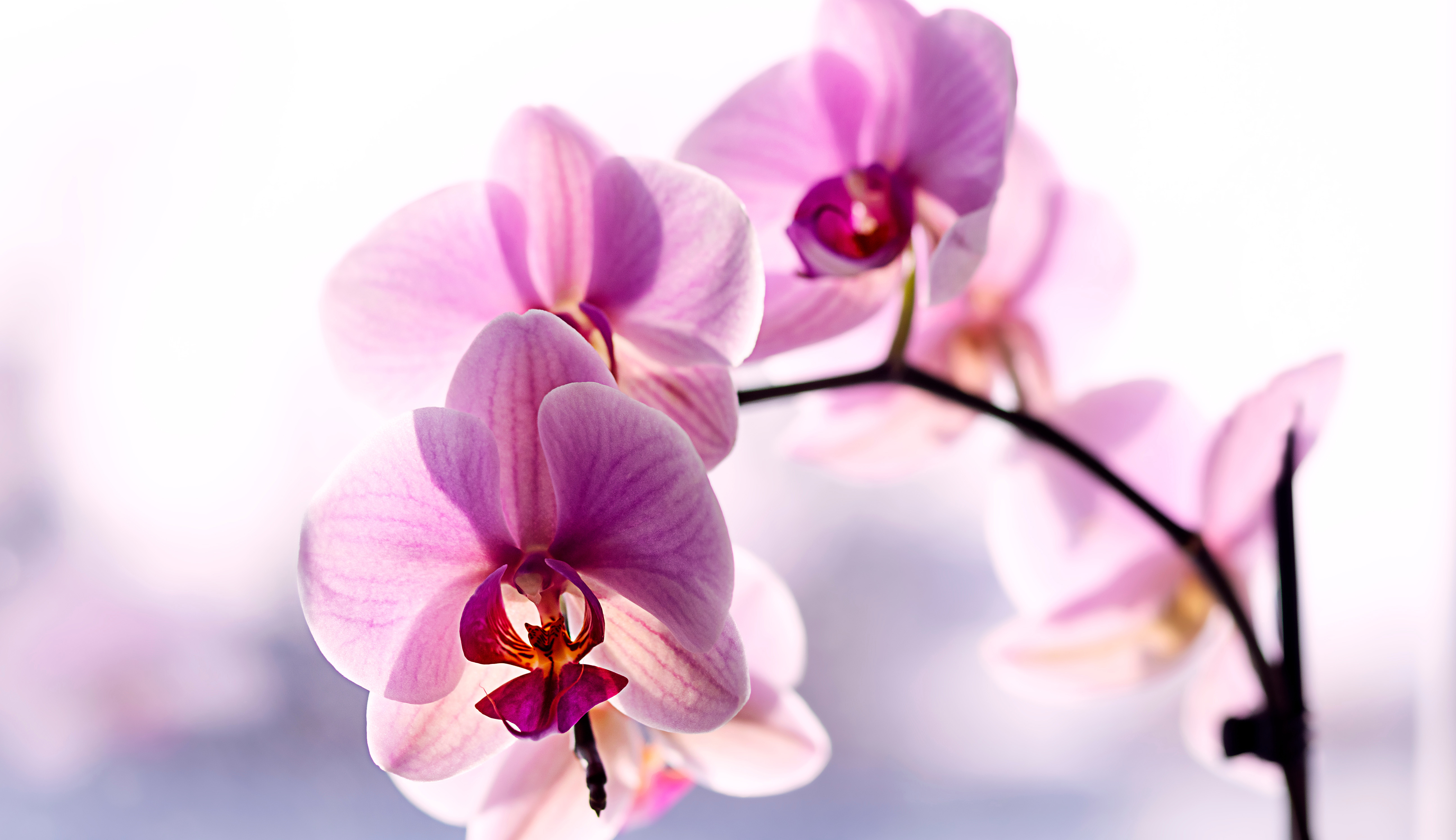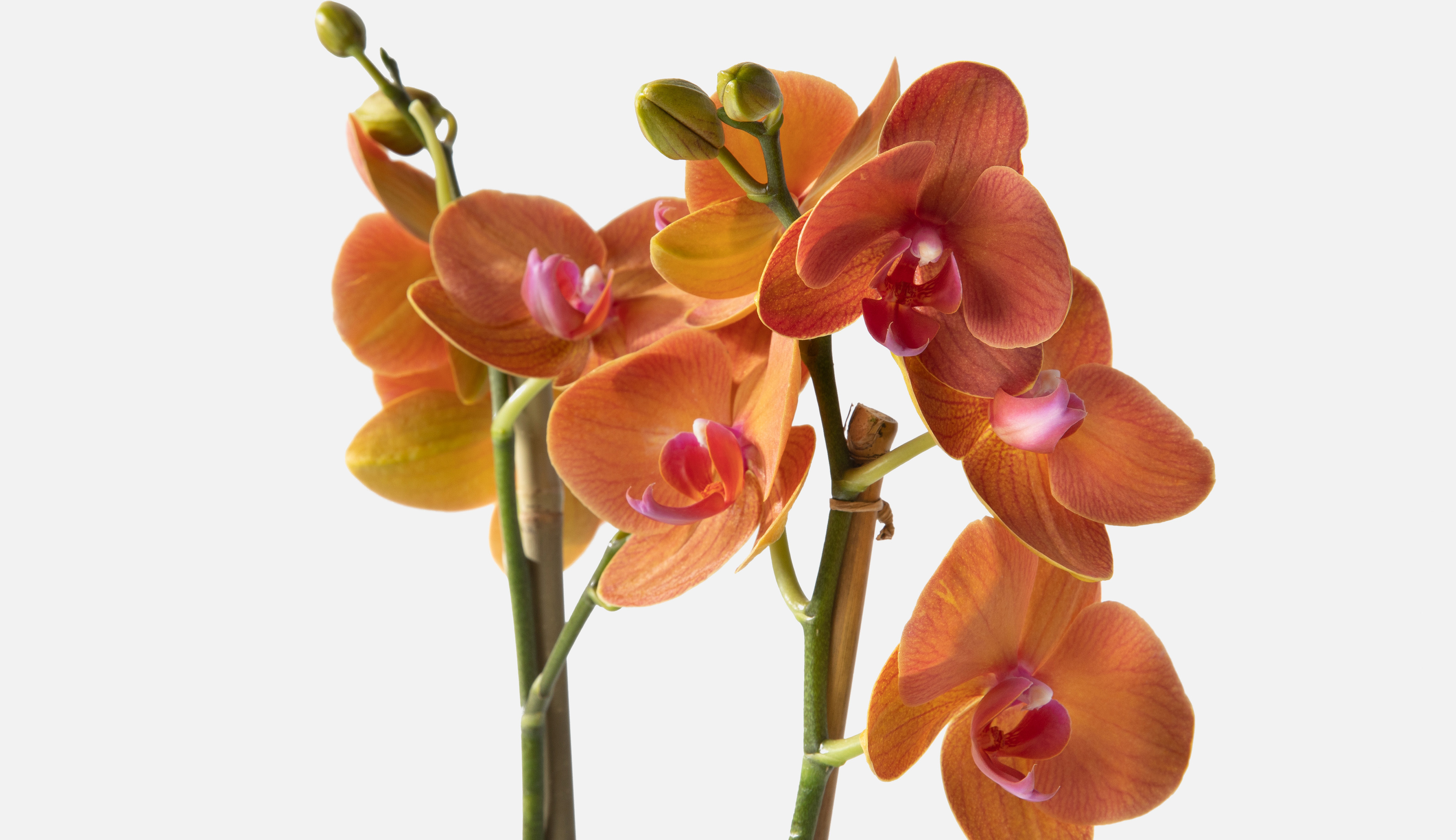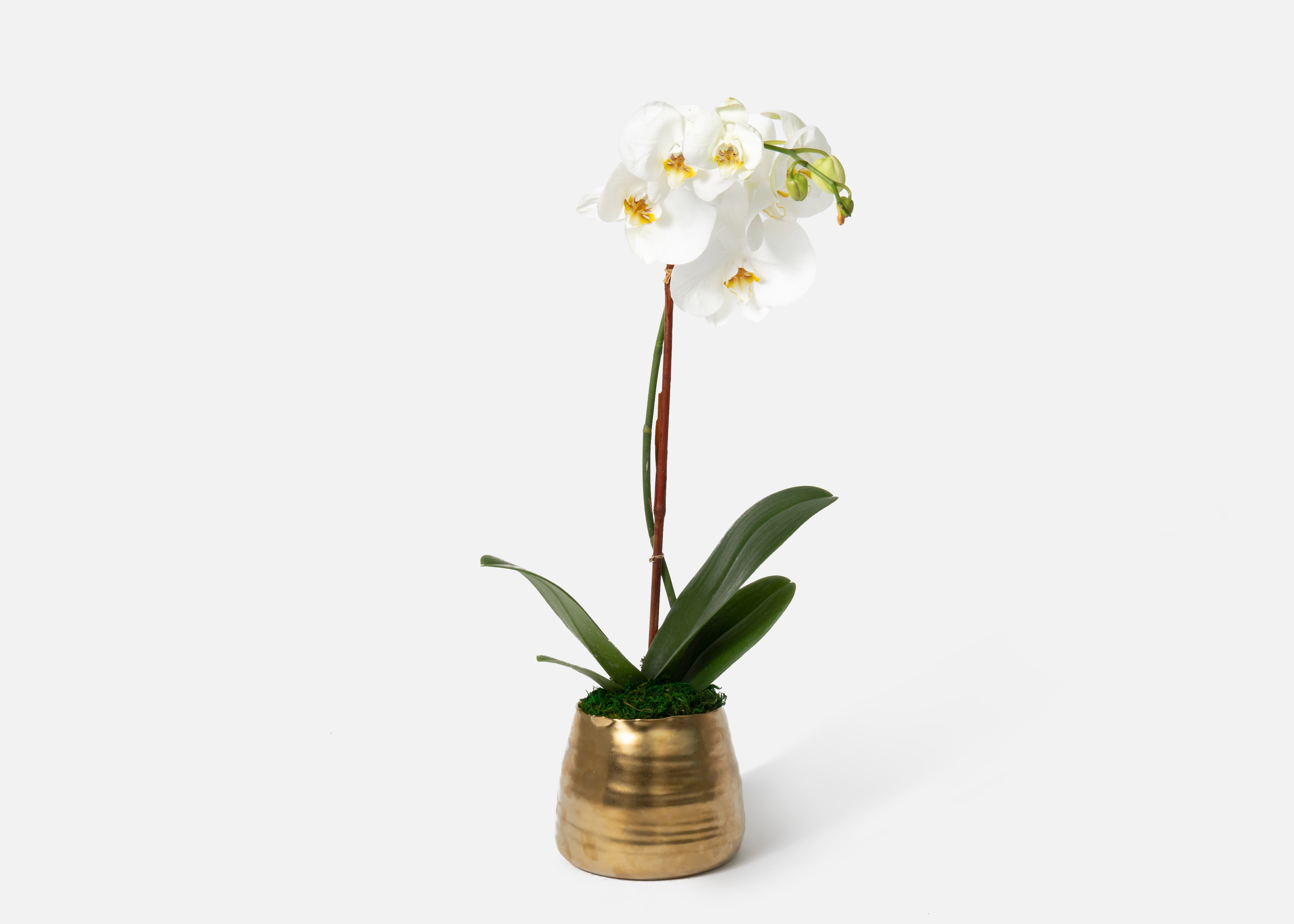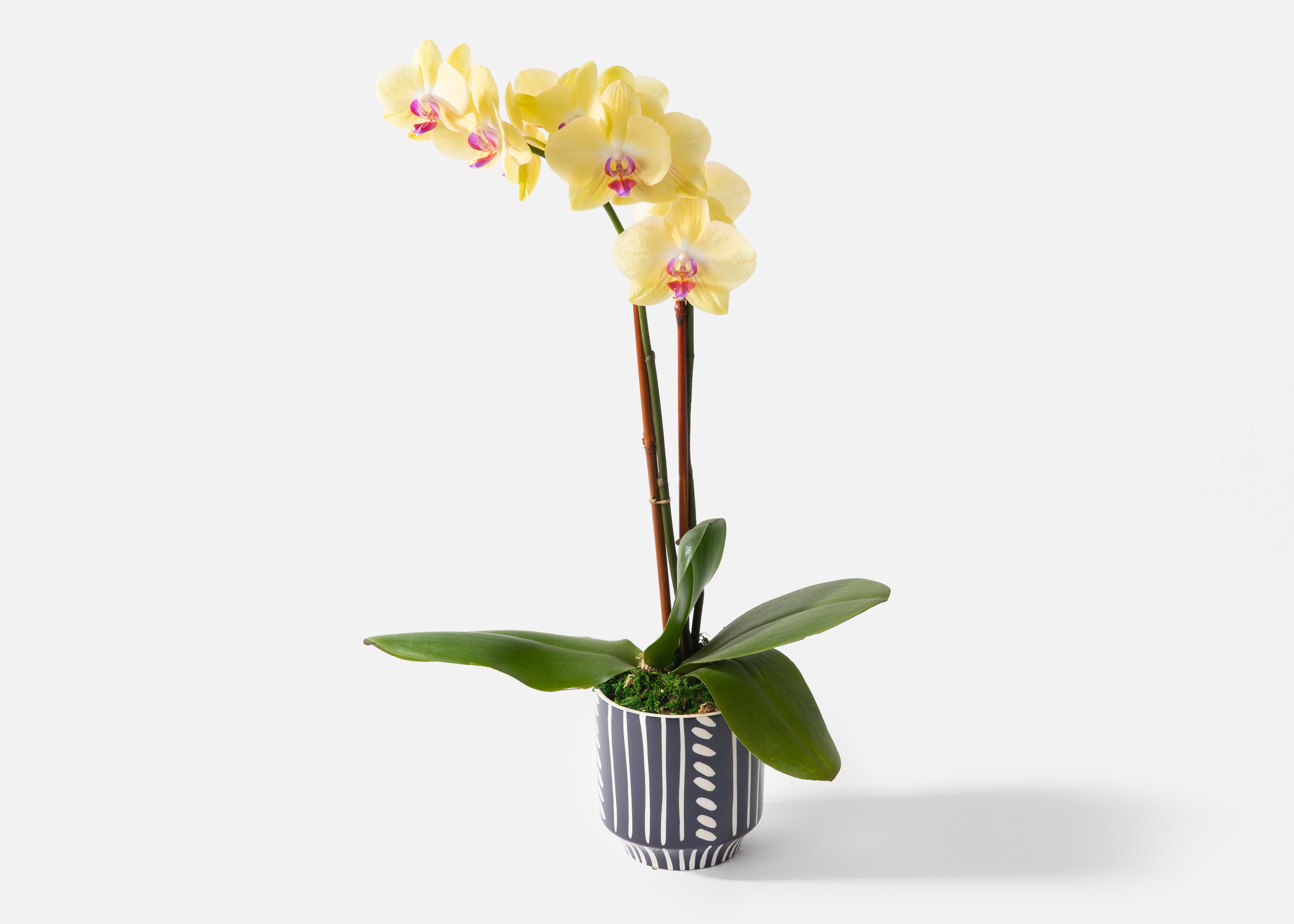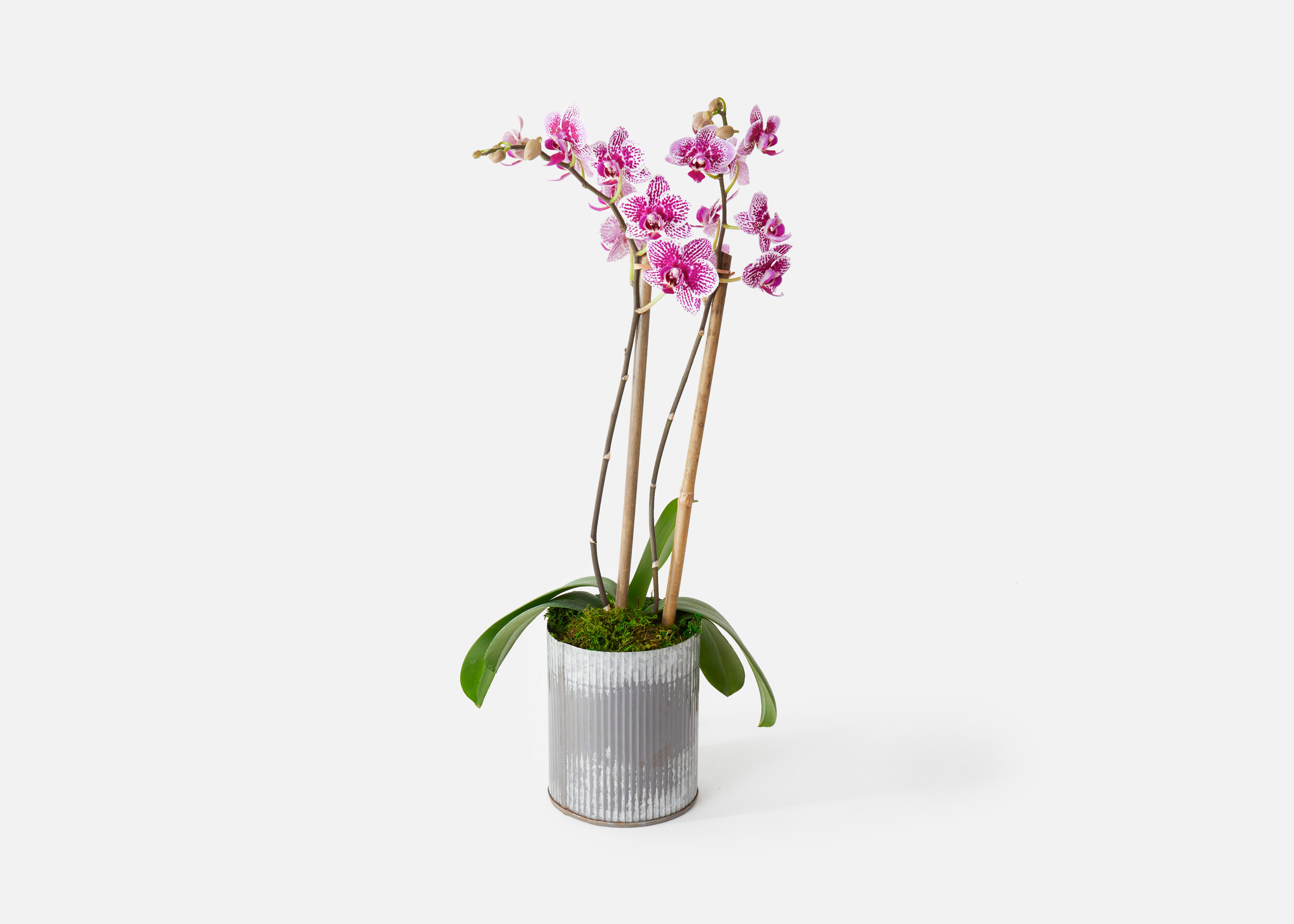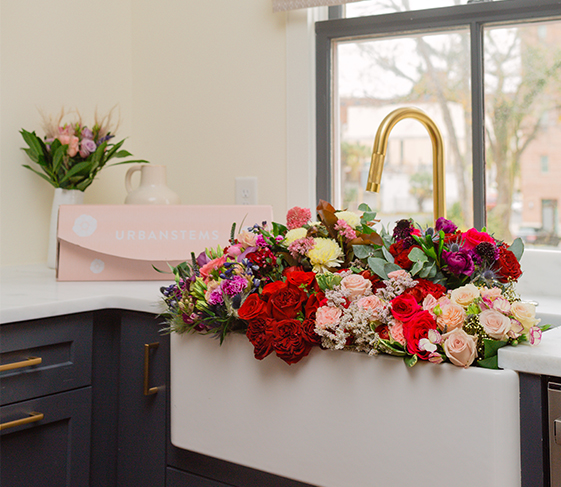Orchids are beautiful flowers that make any room look more sophisticated. They're also known for how easy they are to care for after you have all the right potting media and plant food. If you've never owned an orchid before, you may wonder how to take care of it so that it lives for years. With diligent care, your orchids can bloom flowers every year and can last for decades! The key to keeping an orchid alive is to follow the "Goldilocks rule" which means that there should not be too much or too little of anything. This applies to its lighting, temperature, food, watering schedule, and more.
Orchids are perennials, which means that they can bloom season after season, so don't throw away an orchid when the blooms are gone! By using this guide you can take care of your plant so it continues to bloom year after year. When you learn how to prune and nourish your orchids, you will gain the confidence to own a variety of this plant in different colors. To get started, find beautiful orchids of all types and styles in our lovely orchid collection!
How to Keep Your Orchid Alive
- What Type of Soil to Use for Your Orchid?
- Indirect Light
- Achieve The Goldilocks Temperature
- Food & Water for Your Orchid
- Pruning for More Flowers
- Re-potting Your Orchid
